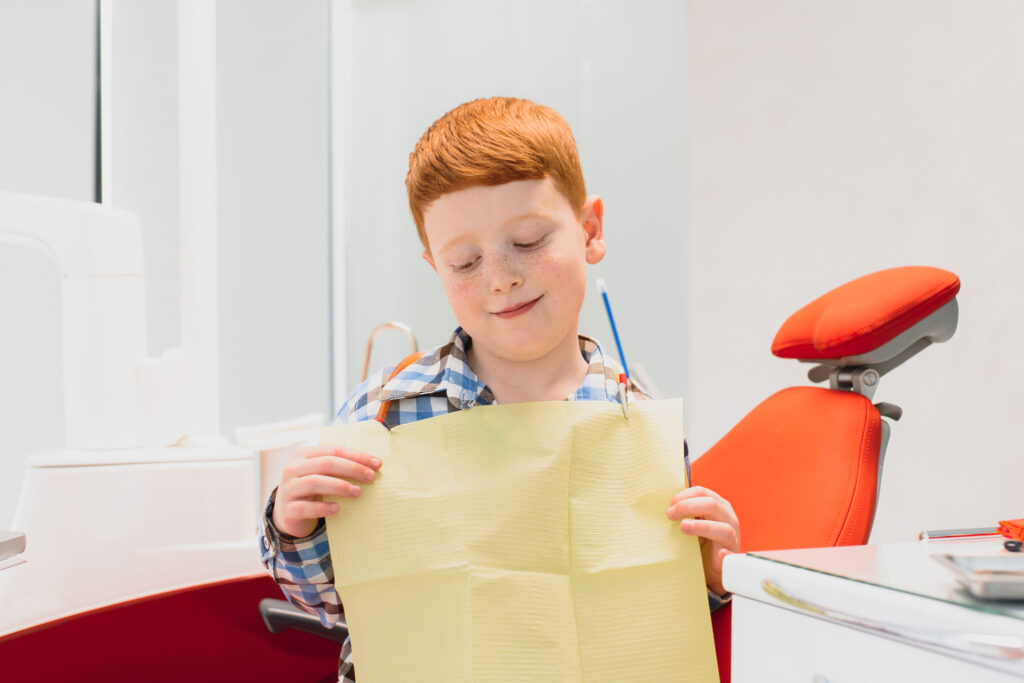
Autism spectrum disorder can cause differences in individuals’ communication, sensory perception, and social interaction patterns. These differences require a special approach in dental practice. For most autistic individuals, a dental examination is an intense experience involving a combination of stimuli such as light, sound, and touch. Therefore, a system based on trust, openness, and sensitivity should be developed in the clinical setting.
Patients often have high levels of anxiety. This may be due to past negative experiences, discomfort with uncertainty, or unexpected sensory stimuli. Therefore, the goal of the first appointment is not treatment, but getting acquainted and introducing the environment. Instead of sitting in the chair, spending time together on a shared couch and slowly getting acquainted with the lights and tools can be effective.
Due to sensory sensitivities, even oral examinations, tooth brushing, and rinsing with water can be challenging. At this point, the sound, vibration, and even the temperature of the water from the tools used may be intolerable. The patient’s tolerance limits must be identified, and the intervention must be structured within these limits. In some cases, alternative methods may be necessary, such as cleaning with manual tools instead of electric tools.
Simplicity and visual support are important in communication. Autistic individuals generally respond better to clear and direct explanations rather than nonverbal cues. A social story sent before the appointment (e.g., a short document illustrating the process of going to the dental clinic with pictures) can reduce anxiety. In addition, each step should be explained during the procedure to ensure that the patient is prepared.
Some individuals can only tolerate dental intervention under full sedation. In such cases, planning must be coordinated between the anesthesiologist and the dentist. The need for sedation is related not only to the individual’s psychological state but also to previous traumatic experiences.
Behavioral differences in eating habits and oral hygiene should also be taken into account. For example, individuals who can only tolerate certain foods may be at high risk for vitamin deficiency or tooth decay. In such patients, oral health should be evaluated not only through mechanical cleaning but also in conjunction with a nutrition plan, and collaboration with a dietitian should be considered if necessary.
All these approaches require patience and flexible thinking. Dentistry is not only a technical skill but also an art of individual-centered communication. A trust-based relationship established with autistic individuals improves the quality of life for both the patient and the dentist.





